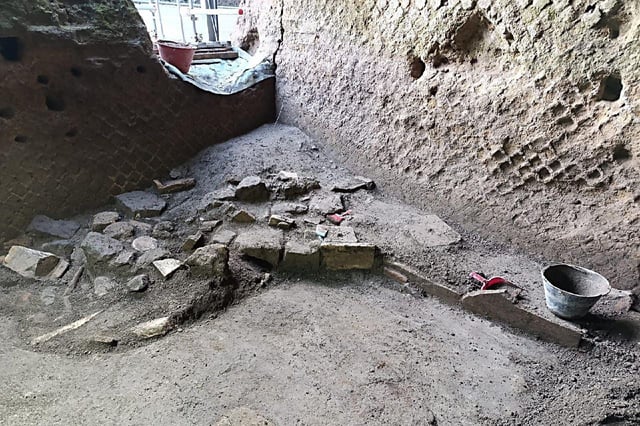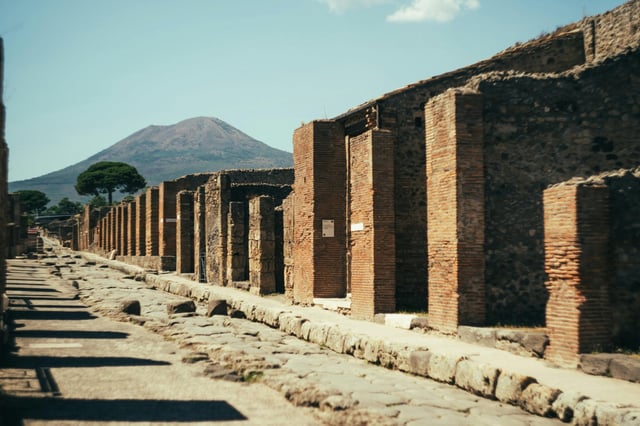Overview
- On August 7, the Pompeii Archaeological Park revealed that recent digs produced concrete stratigraphic proof of continuous occupation from the aftermath of the 79 AD eruption through the fifth century.
- Researchers found that survivors inhabited upper stories of ash-buried houses while lower floors were converted into workshops equipped with ovens, mills and storage pits.
- The settlement united former Pompeii residents who lacked resources to relocate with migrants scavenging among the ruins for shelter and valuables.
- These findings validate long-debated reoccupation theories that had been dismissed for lack of evidence and reshape scholarly views of Pompeii’s post-eruption phase.
- With roughly one third of the site still unexcavated, park officials say further work may reveal additional traces of these improvised communities.


